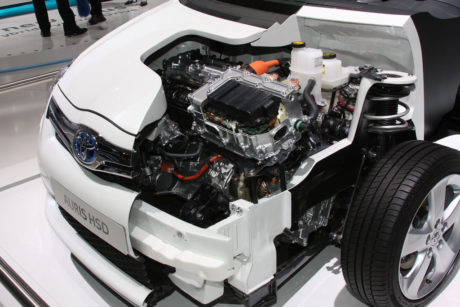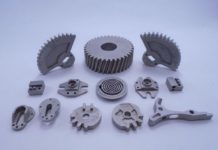Carlo Gorla –
The evolution of vehicle transmissions over the last few years is obvious but the context of the electrification trend reserves much more to us. This will proceed faster and faster, thanks to the technical evolution of components, of the system and of infrastructures, as well as due to users’ unavoidable change of mentality.

For how many kilometres can an electric vehicle travel with one charge? It is the question we typically ask, as if autonomy was the only or the most important element to evaluate the usability of an electric car to cover long distances. The recharge rapidity, i.e. the operation power in kW, perhaps plays an even more important role, especially if combined with a different approach of users who, accustomed to the instantaneous operation in case of vehicles with combustion engines, still go on reasoning as if it was compulsory to execute complete charge and discharge cycles. Why, instead, not to think of benefitting from every opportunity to recharge, like for instance during the already usual coffee break while travelling on the motorway?
In other words, the car like a notebook or a smartphone that, whenever we have the chance, we hurry to connect to the power grid. So, we do not regret our big and bulky portable phones dating back to the late nineties, which we used just to phone and however did not need a recharge for several days: perhaps, however, if at that time they had proposed us an appliance that scarcely reaches one day of autonomy, like current ones, even if much smaller and lighter, we would have never bought it …..
Speaking of infrastructures, the European Union is financing research projects, like for instance ULTRA-E, aimed at the study and the implementation of pilot “corridors”, equipped with ultra-fast recharge stations, on some important long-distance highways.
And then, what will be the future of our internal combustion engines and of transmissions? Should we continue research activities in these sectors? I am uncertain for the first, but I have no doubts for transmissions: innovative transmission architectures are the core of electric vehicles! As witnessed by international conventions and the sites of historical manufacturers of automotive transmissions, where the proposals of new solutions flourish. Moreover, of course, not only the control is at stake!
Certainly, also in this case, we must change mentality and we cannot go on considering transmissions as if they were necessarily a speed gear, connected on one side with a thermal engine and on the other side with a differential gear, to be installed on a vehicle according to two, or maybe three, typical schemes, consolidated for years now.
In other words, transmission gears will go on playing a fundamental role also in electric vehicles but we must keep pace and be up to a faster and faster evolution.



